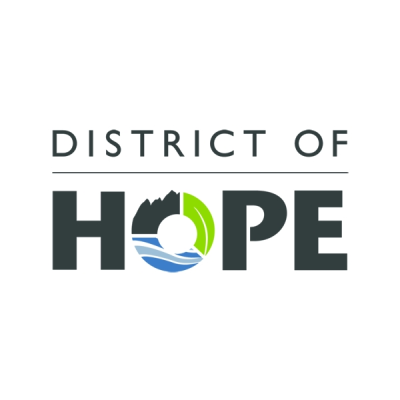Fraser Valley – “heading North to Alaska” – Johnny Horton (1960 song)
The Canada Border Services Agency (CBSA) is announcing that as of July 31, 2020, at 12:01 am PDT stricter rules and additional entry conditions will be imposed on travellers transiting through Canada to Alaska for a non-discretionary purpose. These measures are put in place to further reduce the risk of introduction of COVID-19 cases and to minimize the amount of time that in-transit travellers are in Canada.
More specifically, in-transit foreign nationals:
- must enter Canada at one of the five identified CBSA ports of entry (POE)
- Abbotsford-Huntingdon (British Columbia)
- Coutts (Alberta)
- Kingsgate (British Columbia)
- North Portal (Saskatchewan)
- Osoyoos (British Columbia)
- will be allowed a reasonable period of stay to carry out the transit
- will be limited to travel within Canada using the most direct route from the POE to the intended POE of exit, while avoiding all national parks, leisure sites and tourism activities
- will be required, before entering the U.S., to report to the nearest CBSA POE to confirm their exit from Canada
In-transit travellers will be issued a vehicle “hang tag” to be attached to their rear view mirror for the duration of their trip to or from Alaska to support compliance while they are in Canada. The front of the tag will make it clear that the travellers are transiting and include the date they must depart Canada. The back of the tag will remind travellers to comply with all conditions imposed upon entry and the Quarantine and Emergencies Acts and a list of public health and safety measures to follow.
These measures also apply to foreign nationals transiting to the U.S. through Canada from Alaska. However, entry into Canada from Alaska on the northern border is not limited to designated POEs. Additional measures might be imposed at time of entry by a border services officer (BSO).
Upon arrival at one of the designated POE, in-transit travellers must satisfy a BSO that they meet the requirements for entry into Canada. Travellers are encouraged to have documentation that will demonstrate their purpose of travel. The final decision is made by a BSO, based on the information available to them at time of entry.
Following admission into Canada, in-transit travellers are provided with a Public Health Agency of Canada handout. The document clearly states that travellers should:
- avoid contact with others while in transit
- remain in the vehicle as much as possible
- not make any unnecessary stops
- practice physical distancing at all times
- pay at the pump if they need gas
- use a drive through if they need food
- wear a suitable mask or face covering while in transit
- ensure good hygiene practices if they need to use a rest area
In-transit travellers are encouraged to use only those services that are open to travellers along the direct route on which they are travelling.
Travellers who arrive at a non-identified POE for the purpose of transiting to Alaska will be denied entry and advised to go to one of the five identified POEs.
No matter the reason for travel, all foreign nationals who have COVID-19 or exhibit any signs or symptoms of COVID-19 will not be allowed to enter Canada.
Providing false information to a BSO may lead to consequences such as being denied entry and/or banned from returning to Canada.






